Nippon Telegraph and Telephone Corporation
Fujitsu Limited
Home > Press Release > The world’s-first compact transceiver for terahertz wireless communication using the 300-GHz band—with transmission rate of several-dozen gigabits per second—was developed and experimentally demonstrated high-speed data transmission.
—Enabling a service for transferring one DVD’s worth of data in a few seconds—
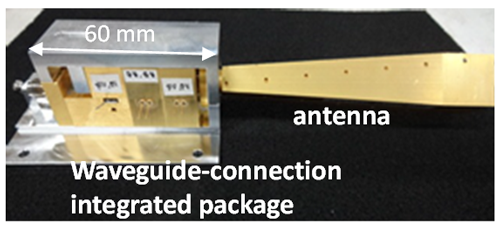
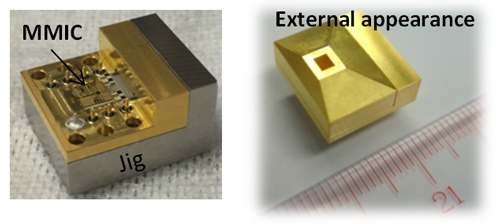
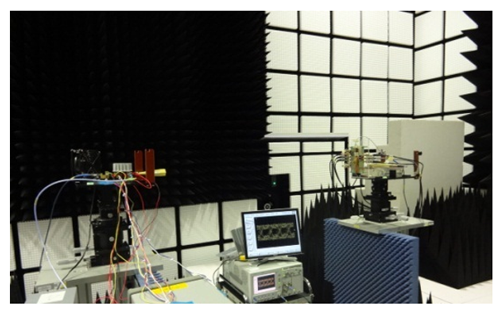
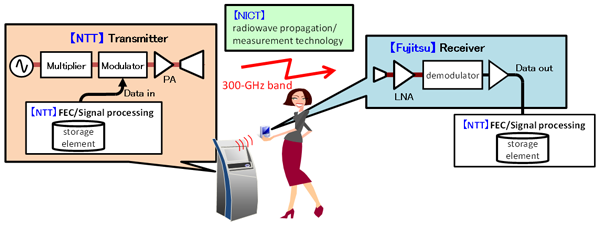
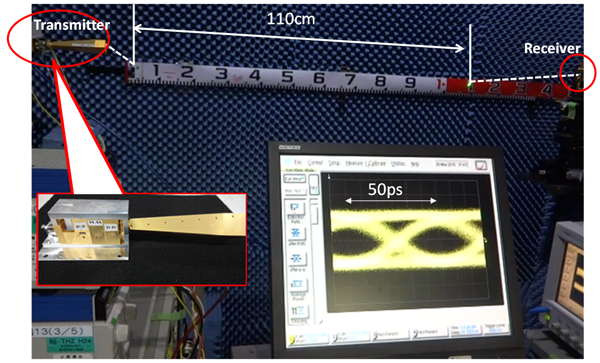
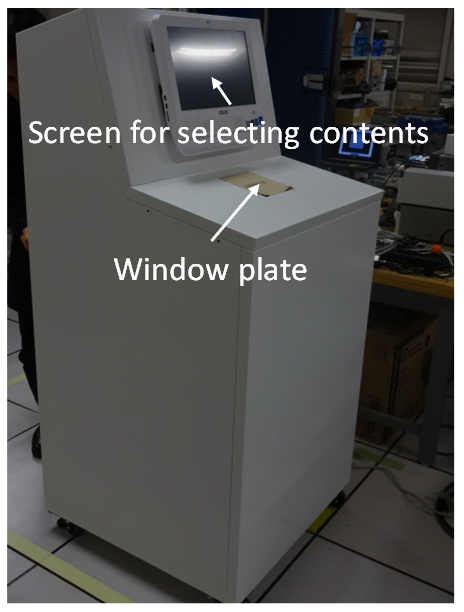
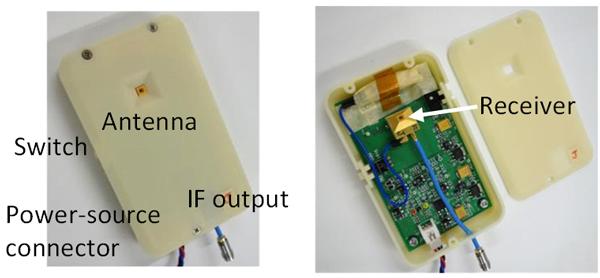
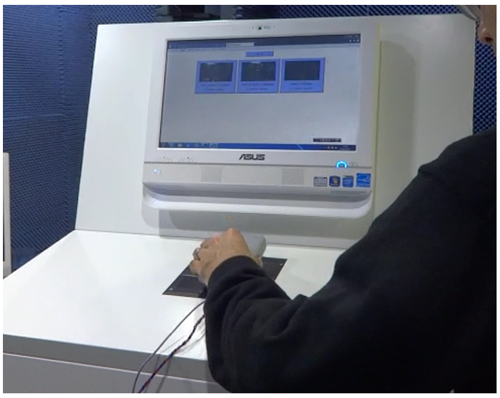
Nippon Telegraph and Telephone Corporation
Science and Core Technology Laboratory Group, Public Relations
E-mail: 



















TEL: 046-240-5157
Fujitsu Limited
Public & Investor Relations Division
Inquiries: https://www.fujitsu.com/global/about/resources/news/presscontacts/form/index.html
National Institute of Information and Communications Technology
Public Relations Department, Press Office
E-mail: 



















TEL: 042-327-6923
Nippon Telegraph and Telephone Corporation
Science and Core Technology Laboratory Group, Public Relations
E-mail: 



















TEL: 046-240-5157
Fujitsu Laboratories Ltd.
Devices & Materials Laboratories
E-mail: 























National Institute of Information and Communications Technology
Advanced ICT Research Institute, Frontier Research Laboratory
E-mail: 














TEL: 042-327-6824